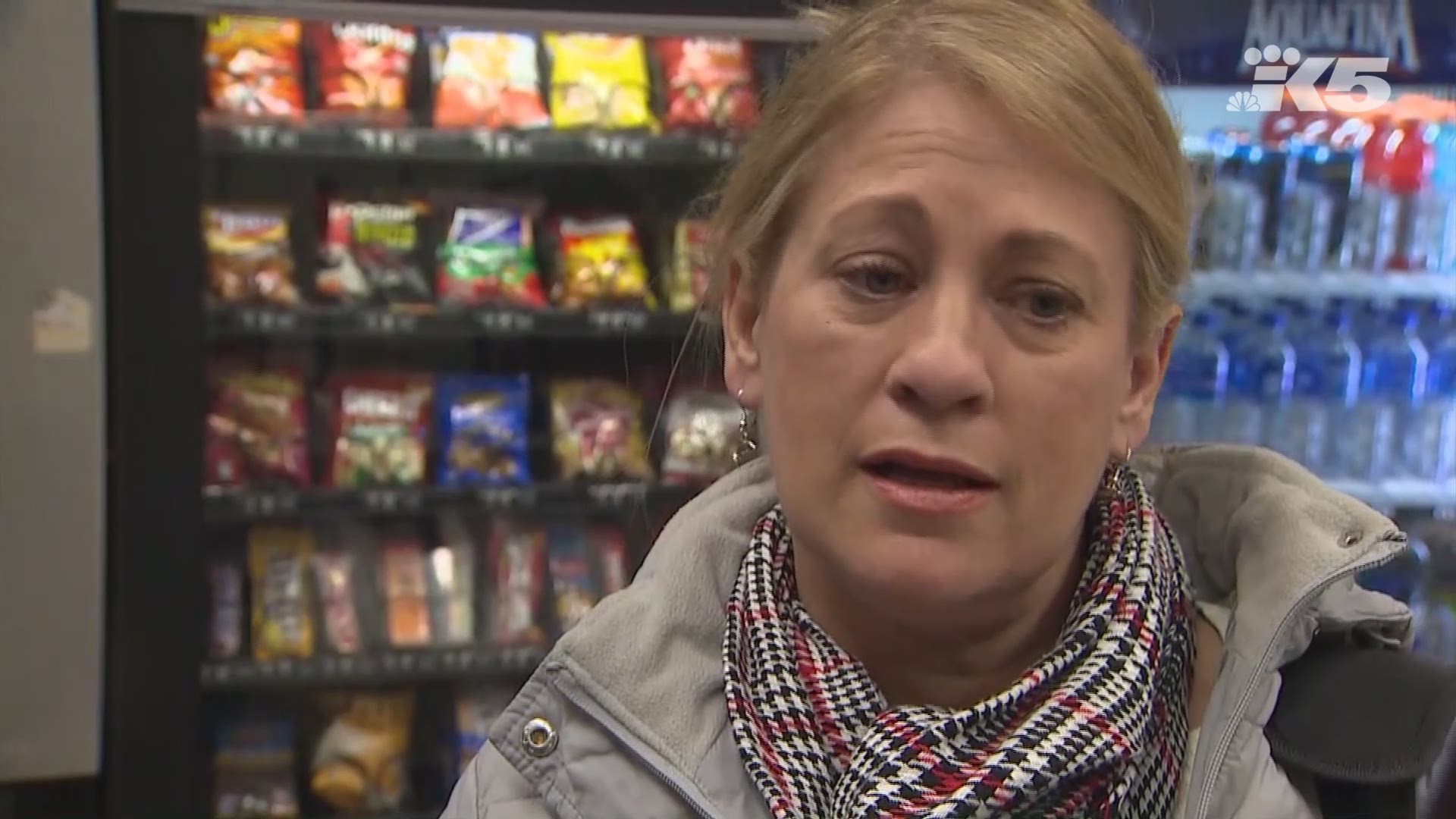SEATTLE — The National Transportation Safety Board (NTSB) is investigating an incident of severe turbulence involving a flight from Orange County, California to Seattle.
Five people on the flight were injured. Two passengers and a flight attendant were sent to the hospital.
The flight had to divert to Reno, Nevada as one of the pilots radioed air traffic controllers that the airplane might be damaged, as well as knowing about the injuries on board.
While we've all experienced turbulence to some degree, even turbulence that can seem violent and scary usually doesn't rise to this level. The drink trolley, a flight attendant, and unbelted passengers all hit the ceiling of the plane.
Turbulence comes from various sources. The most obvious is often associated with thunderstorms or other visible weather conditions. Another source of turbulence comes in the form of waves coming off mountain ranges. The most insidious turbulence strikes without warning and is called Clear Air Turbulence, or CAT, for a reason.
Turbulence can kill, and it accounts for most in-flight injuries, according to the NTSB.
According to the FAA, there were 94 turbulence related injuries in 2009, presumably related to U.S. aircraft regulated by the agency. One of the lowest years was 2017 with 17 injuries.
Boeing and the Japan Aerospace Exploration Agency (JAXA) have been working on a technology that uses lasers to detect unseen turbulence miles ahead of a flying aircraft.
Using Lidar technology, the infrared laser not visible to the naked eye, the system can detect shifts in what is known as aerosols in the atmosphere. Aerosols are tiny particles in the air such as dust or ice crystals. If the laser detects certain shifts in the aerosols, the computer can recognize that as turbulence and even the severity of the turbulence.
The technology can also countdown to when the aircraft will hit that turbulence.
The system was tested in 2018 as part of Boeing's EcoDemonstrator program using a FedEx 777 Freighter to test various environmental and safety technologies. The system was successful in detecting turbulence at various altitudes and in differing conditions.
However, it is not known when the cutting edge technology could be made ready for the market.



